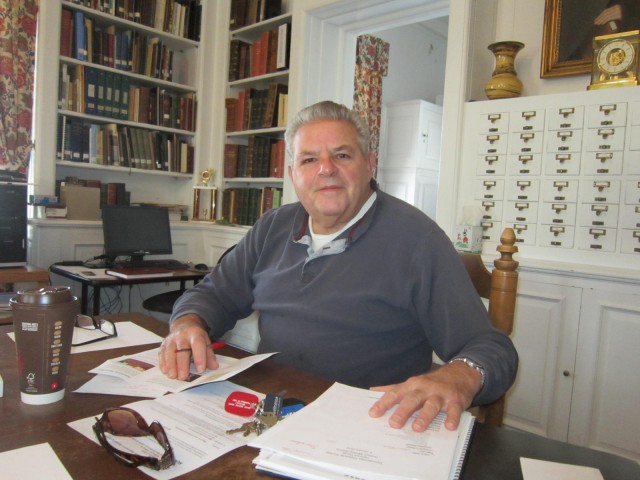Most of us are aware of the significant role Lake Champlain played in the early history of America. In its liquid state it served as the “blue highway” bringing explorers and soldiers to investigate and claim the surrounding territory. But did you know, a couple of centuries later, in its solid, or frozen, state it provided significant aid to other explorers as well — those seeking to be the first to fly over the North Pole.
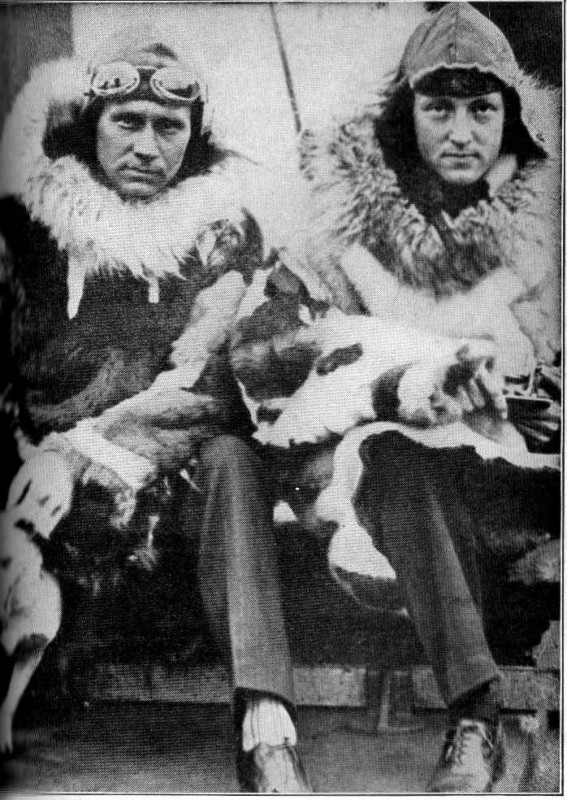
Adirondack Aviator
One of those daring explorers was a native Adirondacker, born in the late 1800s. Floyd Bennett began his early career as an automobile mechanic and he co-owned an auto maintenance facility, People’s Garage. The garage operated on Montcalm Street in Ticonderoga in the early 1900s. This was the advent of the automobile and also the beginning of aviation. Remember the Wright brothers had made their first famous successful flight in 1903 and man and machine took off, so to speak, from there. Autos and aircraft held particular fascination for mankind and individuals raced to be the first to accomplish something new in either machine.
Bennett became established within the Town of Ticonderoga and made many friends who found him steady, dependable, even humble. With the onset of World War I, Bennett enlisted in the US Navy in 1917. He signed up for aviation training and became a capable pilot, but he was also retained for service as an aviation mechanic where he applied his mechanical knowledge and skill.
The Greenland Experience
Floyd Bennett and Richard Byrd came to know one another when they attended flight school in Pensacola, Florida — where they developed a permanent friendship. Robert Peary had made it to the North Pole via dogsled in 1909. As more and more aviation accomplishments were being achieved there became an international competition of sorts to see which country could claim being the first to fly over the North Pole. Byrd and Bennet were both assigned to the Navy’s aviation unit that headed to explore Greenland in the summer months of 1925 during the MacMillan Expedition. Donald MacMillan was in command, while Byrd took charge of the aviation unit. This expedition marked the first American use of aircraft in exploring the Arctic region, one of the last uncharted areas of the globe at the time. Byrd’s ultimate desire was to reach the North Pole while there. This he shared with his good friend and fellow pilot, Floyd Bennett.
During this expedition, US Navy planes navigated nearly 30,000 miles of polar skies, but equipment limitations and an exceptionally cold summer (there was no open water on which to land the amphibious planes) never allowed them to even attempt to reach the North Pole. The experience however set the stage for the future venture of Byrd and Bennett working together to accomplish just that. The Macmillan Expedition returned from Greenland in October of 1925 and immediately Byrd began his plans and preparations.
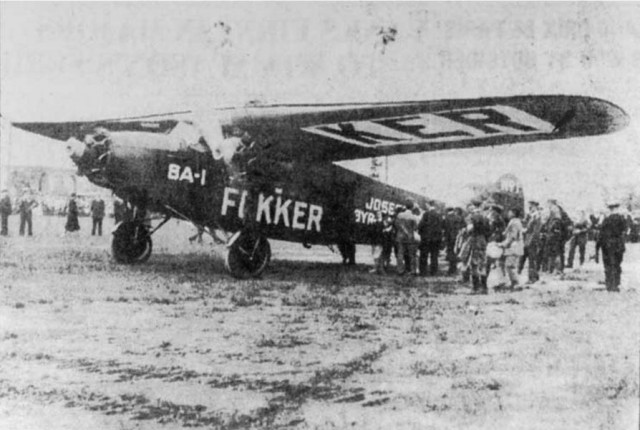
Preparation for the Arctic
Byrd received a leave of absence from the Navy, set out to get sponsors, and assembled a crew of experts. Mechanics, seamen, engineers, and radio operators were all carefully selected, but there was never a question of whom he wanted as his pilot: the steady, dependable, best friend, Floyd Bennett.
The primary aircraft was to be a 200 horsepower Fokker Trimotor. Byrd named the plane the Josephine Ford after the daughter of one his sponsors, Edsel Ford. They planned to use one of the Spitzbergen Islands in Norway as their base camp, a slice of some northern-most civilization. Knowing they wouldn’t have either a runway or airstrip there, or over the Arctic, if an emergency landing was necessary, the aircraft was outfitted with specially designed skis. These landing skis needed to be tested however, prior to heading to Norway. Bennett knew right where to do that during the winter of 1925. Frozen Lake Champlain would provide a tundra-like surface and he’d have the opportunity to connect with old friends at Ticonderoga.
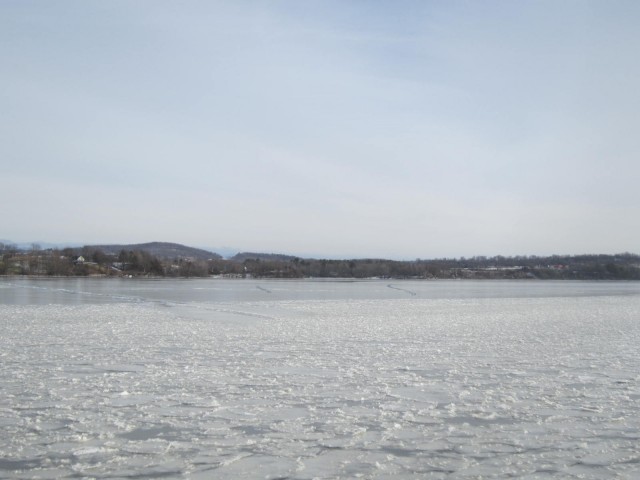
Test Drive on Ice
It was said that hundreds of area residents filled the shoreline and frozen surface of Lake Champlain right near the Ticonderoga Ferry Dock. At the time it was a rare opportunity to watch an aircraft in action, and Bennett had a considerable local following that wanted to share their support. While here, he stayed at the former Ledger Hotel right on Montcalm Street, not far from his formerly owned People’s Garage. There he got to reconnect and mingle with old friends. Imagine the stories the locals had a few months later when Byrd and Bennett were recognized as National Heroes.
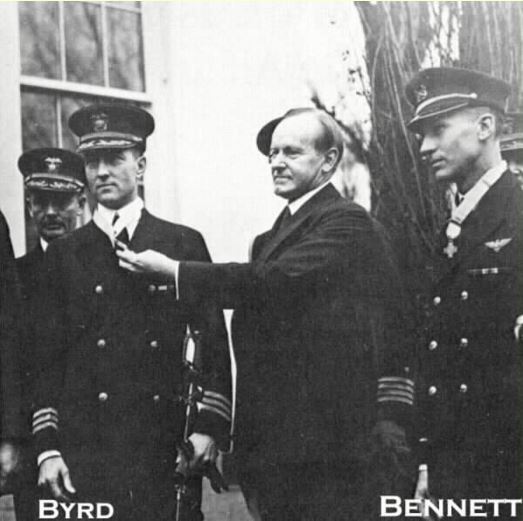
Both men were awarded the Medal of Honor for being the first to fly over the North Pole on May 9, 1926.
Learn more about our Adirondack National Hero in a presentation to be given by William Dolback, Ticonderoga Historian, in early May. Watch the events calendar for the details. In honor of the 90th anniversary of this feat, an exhibit, From the Adirondacks to the Arctic, will open May 6th at the Hancock House Museum in Ticonderoga. Plan a visit to uncover more facts of Bennett’s adventures as well as other local connections to exploration and discovery.
